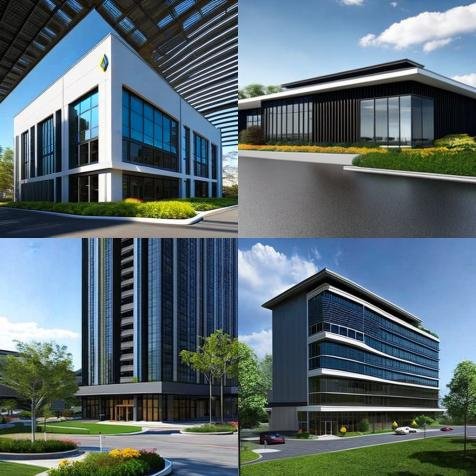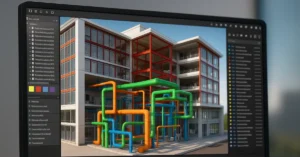As the construction industry continues to embrace digital technologies, Building Information Modeling (BIM) has become an increasingly popular method for designing and constructing buildings. However, many people still hold misconceptions about what BIM is and what it can do. In this blog post, we will debunk five common BIM misconceptions to help you better understand this powerful tool and how it can benefit your projects.

Misconception 1: BIM is just 3D modeling.
While 3D modeling is a key component of BIM, it is only one piece of the puzzle. BIM involves the creation and management of a digital model of a building or structure, which includes information on everything from the materials used to the energy performance of the building. This information can be used throughout the entire lifecycle of the building, from design and construction to operations and maintenance.
Misconception 2: BIM is only for large, complex projects.
While BIM can certainly be useful for large, complex projects, it is also valuable for smaller projects. In fact, BIM can help improve efficiency on projects of any size by allowing for better collaboration and communication between team members, reducing errors and rework, and enabling more accurate cost estimates.
Misconception 3: BIM is too expensive and time-consuming.
While there may be some upfront costs associated with implementing BIM, the long-term benefits can far outweigh these costs. By enabling better collaboration and reducing errors, BIM can help projects be completed faster and with fewer mistakes, which can ultimately save time and money. Additionally, as BIM becomes more widely adopted, the costs of implementing it are likely to decrease.
Misconception 4: BIM is only useful during the design phase.
While BIM is certainly valuable during the design phase, it can also be useful throughout the entire lifecycle of a building. For example, the information contained within a BIM model can be used to inform decisions about maintenance and renovations, or to plan for future expansions or additions to the building.
Misconception 5: BIM is a replacement for human expertise.
While BIM can certainly help improve efficiency and reduce errors, it is not a replacement for human expertise. Skilled architects, engineers, and construction professionals are still essential for designing and constructing high-quality buildings. BIM simply provides these professionals with a powerful tool to help them work more efficiently and accurately.
In conclusion, BIM is a valuable tool for the construction industry that can help improve collaboration, reduce errors, and ultimately save time and money on projects of any size. By understanding the truth behind these common misconceptions, you can make informed decisions about whether BIM is right for your projects.
So if you’re looking to improve the efficiency and accuracy of your design process, consider incorporating BIM into your workflow. Whether you’re working on a large-scale commercial project or a small residential renovation, BIM can help you get the job done right the first time.
For more SketchUp tutorials you can check out https://www.sketchupguru.com/blog/
You can also check more tutorial videos for sketchup on our YouTube Channel,
https://www.youtube.com/c/SketchupGuru
To know about the Top Online 3D Rendering Courses for 2022 click,










